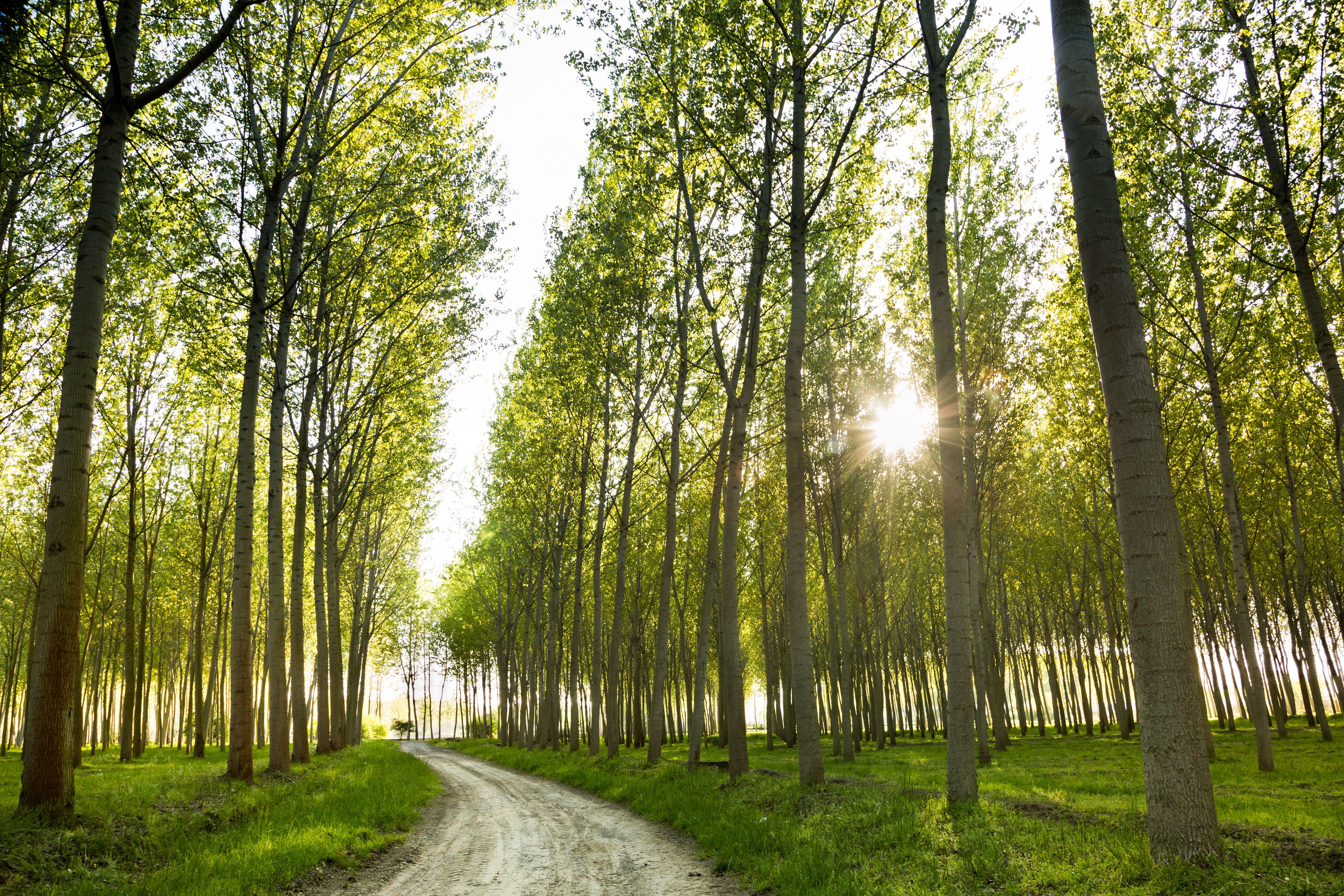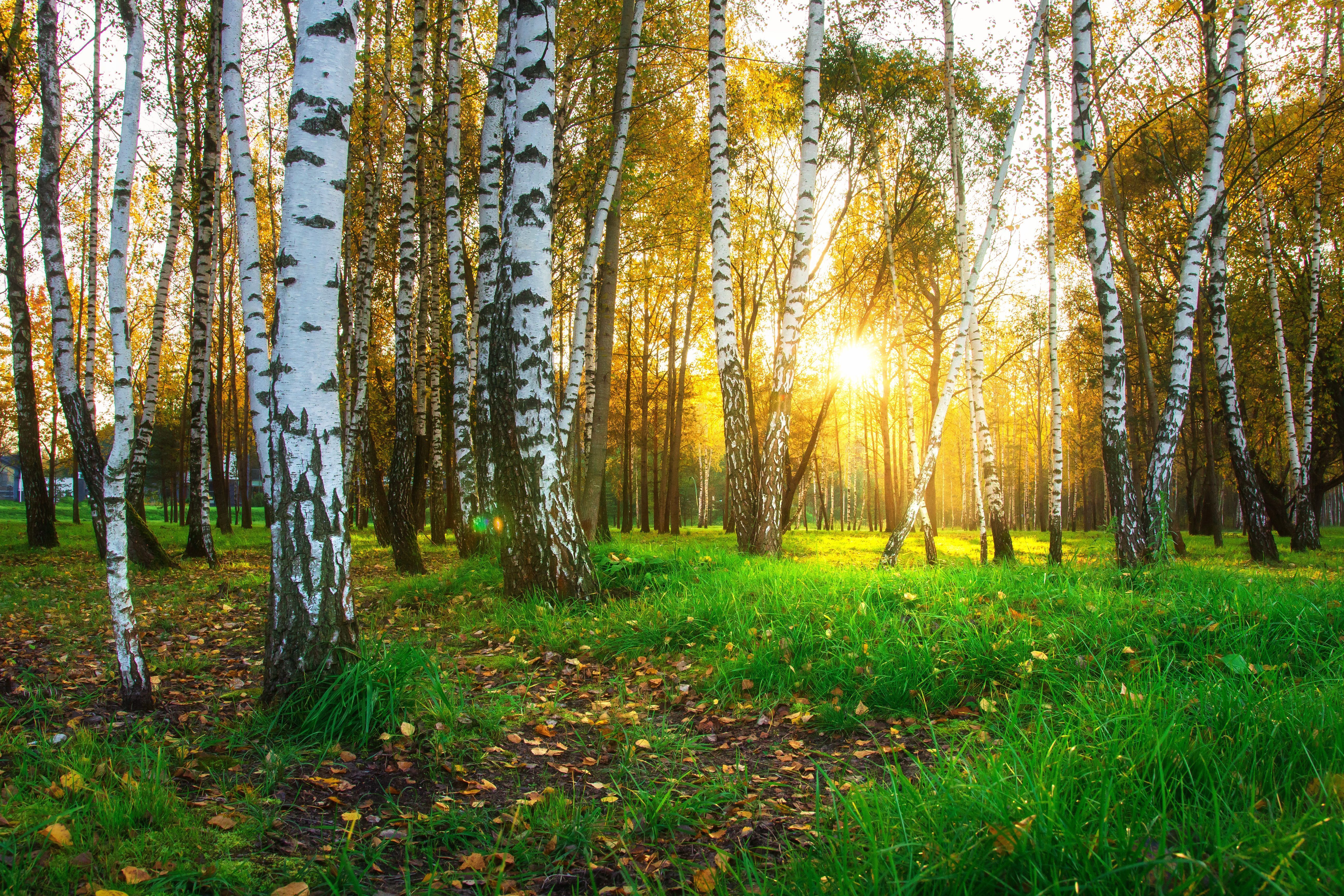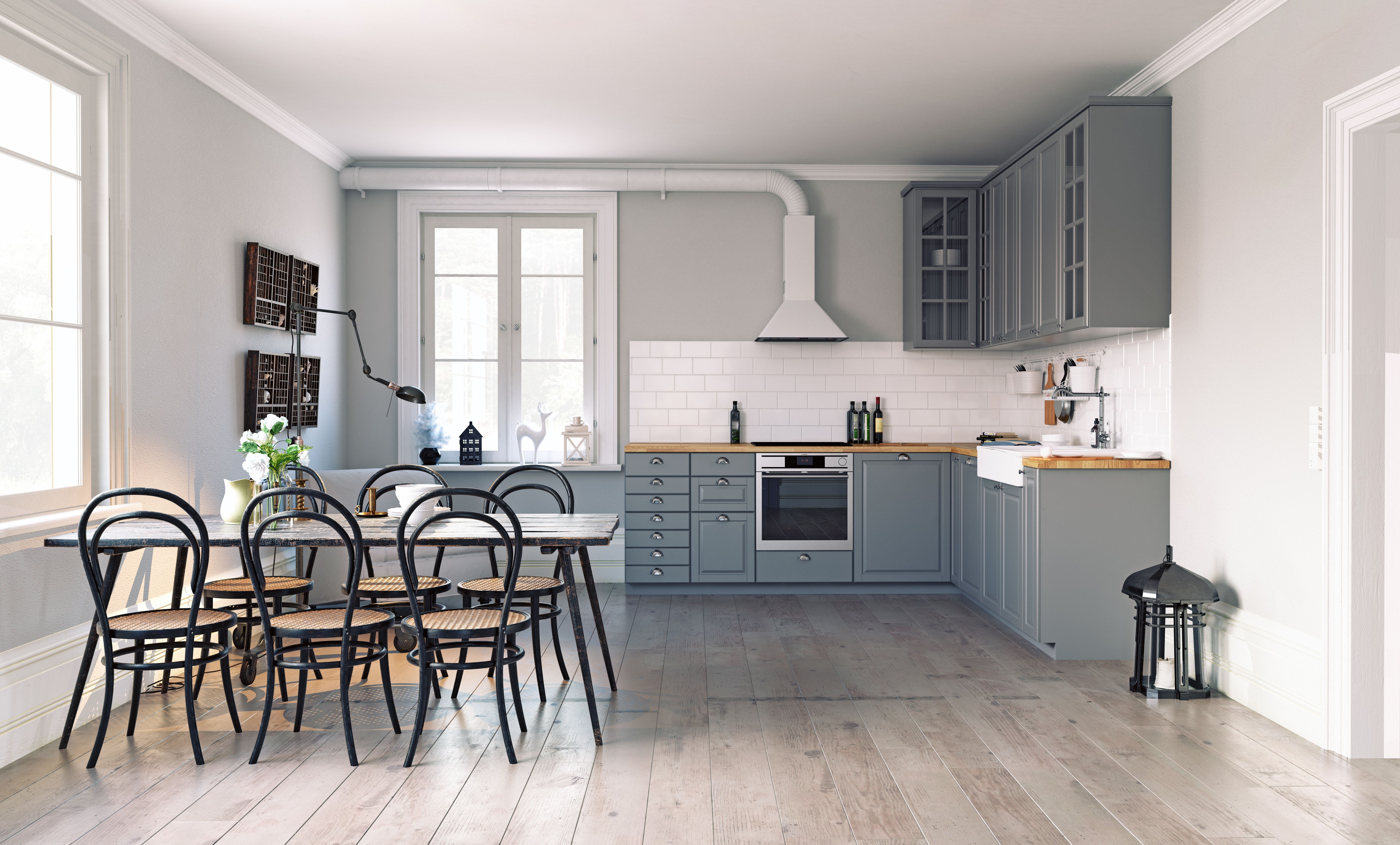Difference between birch and poplar wood
Read the featured articleChoosing the right plywood for your project can seem like a daunting task, especially when faced with all the different varieties. And two of the most common plywood types are poplar and birch. But, what are the differences? Which is the better choice for your next project? In this article, we’ll tackle these two common types of plywood and answer all your burning questions.
Poplar Plywood
A truly unmatched material, poplar plywood is incredibly lightweight, weighing around 925-1060 pounds per m3. Check out some of poplar plywood’s best characteristics below:

Qualities of Poplar Plywood
Did you know that plywood weighs, on average, 30% less than a birch panel? This estimation is calculated based on the density of Garnica's poplar plywood (420-480 kg/m3) versus the density of birch plywood (675 kg/m3) of equivalent size and thickness.
And although both poplar and birch plywood are uniform and have good surface quality, poplar plywood is very stable, resistant to swelling, and easy to machine. Here’s why that’s important:
- Stability: with no flatness due to our use of selected poplar clones
- Minimum swelling: long lasting lifetime
- Easy to Machine: incredible easy to cut and sand

Sustainable Poplar Plywood
Where poplar plywood is truly set apart, however, is in its sustainability. Poplar is one of the world’s most sustainable woods; it has one of the highest CO2 absorption rates of all tree species and stands out for both its fast growth and water purification abilities.
At Garnica, our poplar wood is sourced from sustainably managed, European plantations that boast both PEFC and FSC certifications. In addition, we’ve strategically located our factories near poplar-growing areas in Western Europe, ensuring year round availability.
Poplar Plywood Options
If the aforementioned qualities weren’t enough to convince you, the wide range of options will resolve any remaining doubts. Our poplar plywood panels come in a wide variety of sizes, including XL and thicknesses from 1/4" to 2". In addition, you can choose from different finishes and treatments to enhance the wood’s natural properties; fire resistant, moisture resistant, and decorative treatments are just a few options.
Birch Plywood
Birch plywood, on the other hand, boasts a number of characteristics that set it apart from poplar plywood. It is remarkably strong, with an incredibly hard surface, contributing to its aesthetically appealing faces and edges. However, birch plywood is not widely available in the wide range of sizes, thicknesses, and finishes of poplar plywood.

Poplar and Birch Plywood: Applications
Perhaps the most interesting comparison to make is that of the applications of the two types of plywood. Check out the lists below to help you make the right choice for your next project:
Best Applications for Poplar Plywood:
- Cabinets & furniture
- Public buildings & large-scale projects
- DIY

Best Applications for Birch Plywood:
- Flooring
- Heavy-weight vehicles
- Roofs and façades
Both poplar and birch plywood have their advantages, but it’s key to clearly define your specific project needs before making your final choice. Are you ready to get to work with Garnica’s plywood? Find a local distributor near you today and start challenging the ordinary.
